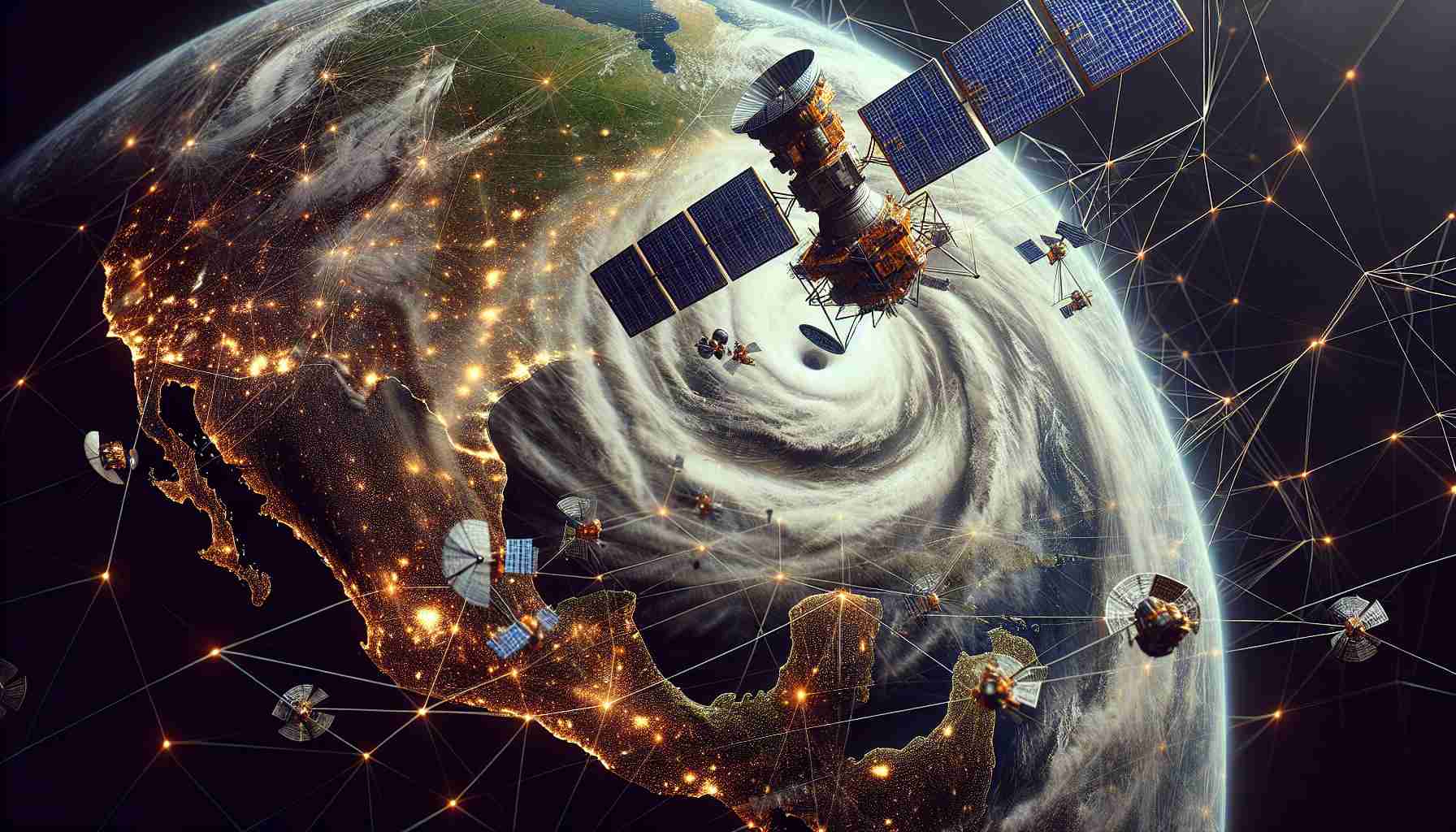In the wake of Hurricane Helene, Elon Musk’s SpaceX took a notable step to aid those affected by the disaster. The company announced its intention to provide free Starlink satellite internet service for a month in regions where traditional communication infrastructure had been compromised. However, underlying issues have emerged that raise questions regarding the true nature of this offer.
While the promise of complimentary service may seem appealing, it comes with significant strings attached. Prospective users still need to purchase a satellite dish for about $400, with a subsequent monthly fee of $120 kicking in after the first month. This aspect has led many to perceive it as more of a promotional tactic rather than genuine humanitarian aid.
Concerns have been voiced by residents in hard-hit areas like Boone, North Carolina. Many are skeptical about the feasibility of receiving a Starlink dish when the infrastructure in their communities has been severely damaged. Additionally, the activation of the service requires an internet connection—an irony not lost on those in disaster-stricken regions.
Moreover, the absence of power further complicates the situation. A Starlink dish cannot function without electricity, and many in the affected locations lack the necessary resources, such as generators, to power them. While Musk’s humanitarian efforts have garnered attention in different contexts, this particular initiative raises doubts about its practicality and sincerity in genuinely helping those in need.
Starlink’s Proposal for Disaster Relief: An Analysis of Controversies and Implications
In a time when natural disasters wreak havoc on communities, innovative solutions are critically needed. SpaceX’s Starlink has put forth a proposal to provide satelitte internet service to disaster-affected areas following Hurricane Helene. However, this initiative elicits substantial debate surrounding its effectiveness and genuine intent.
What are the key questions surrounding Starlink’s disaster relief initiative?
1. Is the offer truly free?
– While Starlink has claimed to provide a free month of internet service, the requirement for users to purchase the satellite dish for $400 and pay a monthly fee of $120 thereafter raises concerns about the offer’s authenticity. Critics argue that potential users might not benefit if they aren’t able to afford the upfront costs.
2. Can users actually access this service?
– The practical challenges posed by heavily damaged infrastructure are significant. Residents must confront the reality of lacking both the installation capability and power to operate the service, rendering it inaccessible to those most in need.
3. What are the implications for long-term user dependency?
– Systems like Starlink could create a cycle of dependency. Once individuals begin to rely on the satellite service, what happens when natural disasters impact service availability or pricing structures change?
Key Challenges and Controversies
– Accessibility: The upfront cost of the satellite dish is a major barrier. In times of adversity, many communities might struggle financially, questioning the effectiveness of an offer that requires payment to access basic communication tools.
– Utility: The absence of stable power sources complicates the use of Starlink in disaster zones. Without power, a satellite dish is rendered useless. Furthermore, many areas may experience frequent power outages due to storm-related damage.
– Promotional Concerns: Many view the initiative as merely a marketing ploy. By providing “free” service, Starlink may bolster its public image while attracting customers who might not use the service otherwise.
Advantages and Disadvantages
– Advantages:
– Innovative Technology: Starlink’s satellite internet can provide high-speed connectivity where traditional infrastructure has been compromised.
– Global Reach: The system has the potential to reach remote areas where other forms of connection are not feasible.
– Disadvantages:
– Cost Barriers: The high initial investment prevents many from accessing the service.
– Power Dependency: Areas without stable electricity cannot use the service, limiting its effectiveness in disaster situations.
– Sustainability Issues: Depending on satellite internet may discourage investment in more sustainable and resilient communication infrastructure.
Conclusion
While SpaceX’s Starlink disaster relief proposal presents an exciting potential for technological aid, significant barriers undermine its effectiveness in the most affected communities. Genuine assistance must consider accessibility, sustainability, and the unique challenges faced by those recovering from disasters. Stakeholders across industries must ensure that innovation in technology translates into real, practical benefits for those in need.
For further information, visit SpaceX.













